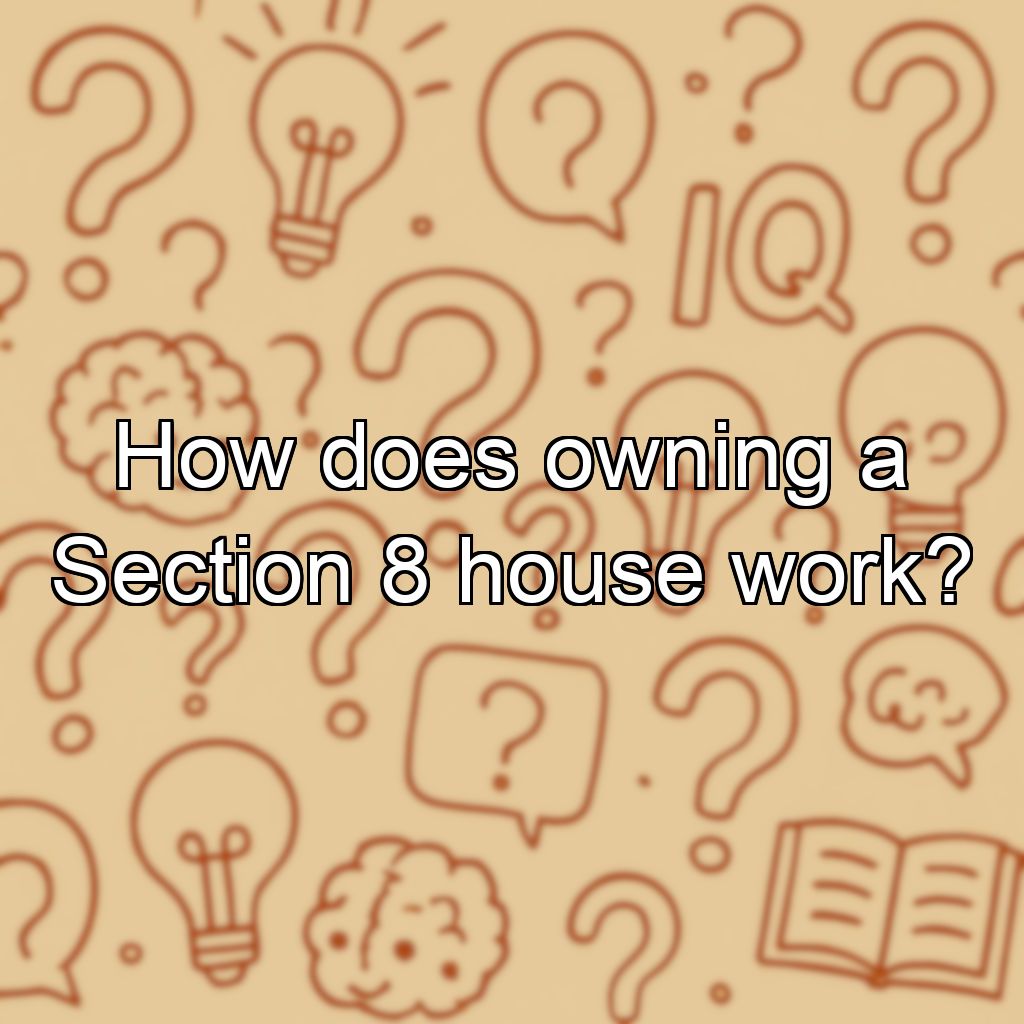How does owning a Section 8 house work?

Owning a Section 8 House: How It Works
Owning a Section 8 house involves being a landlord who participates in the Housing Choice Voucher Program, commonly known as Section 8. This federal program helps low-income families afford safe and decent housing by providing rental assistance.
Key Steps and Responsibilities
- Property Qualification: The property must meet safety and quality standards set by the local Public Housing Agency (PHA) and HUD.
- Application Process: Landlords must apply to their local PHA to list their property for Section 8 tenants.
- Tenant Selection: Approved tenants are those enrolled in the Section 8 program who match the landlord’s rental criteria.
- Lease Agreement: The landlord signs a lease with the tenant and a Housing Assistance Payment (HAP) contract with the PHA.
- Rental Payments: The PHA pays a portion of the rent directly to the landlord, based on the tenant's income, while the tenant pays the remaining share.
- Ongoing Responsibilities: Landlords must maintain the property to meet health and safety standards, conduct regular inspections, and comply with program rules.
Benefits and Considerations
- Steady Income: The guaranteed portion of rent from the PHA provides reliable income.
- Tenant Pool: Access to a broad range of low-income tenants seeking affordable housing.
- Compliance: Landlords must adhere to fair housing laws and program regulations.
- Potential Challenges: Longer vacancy periods, inspection requirements, and bureaucratic processes.